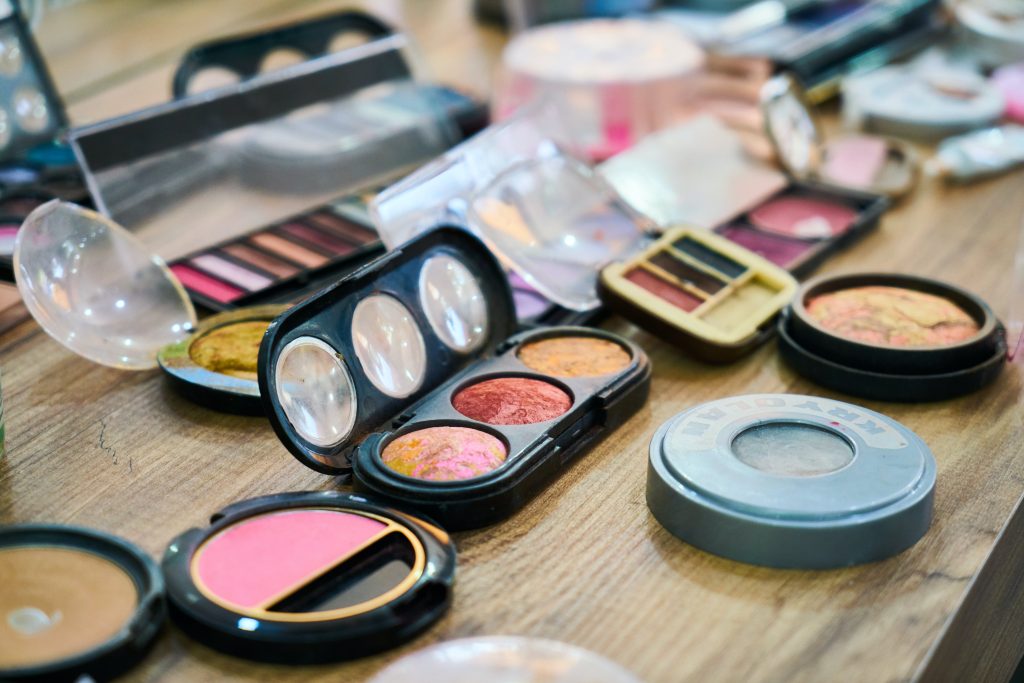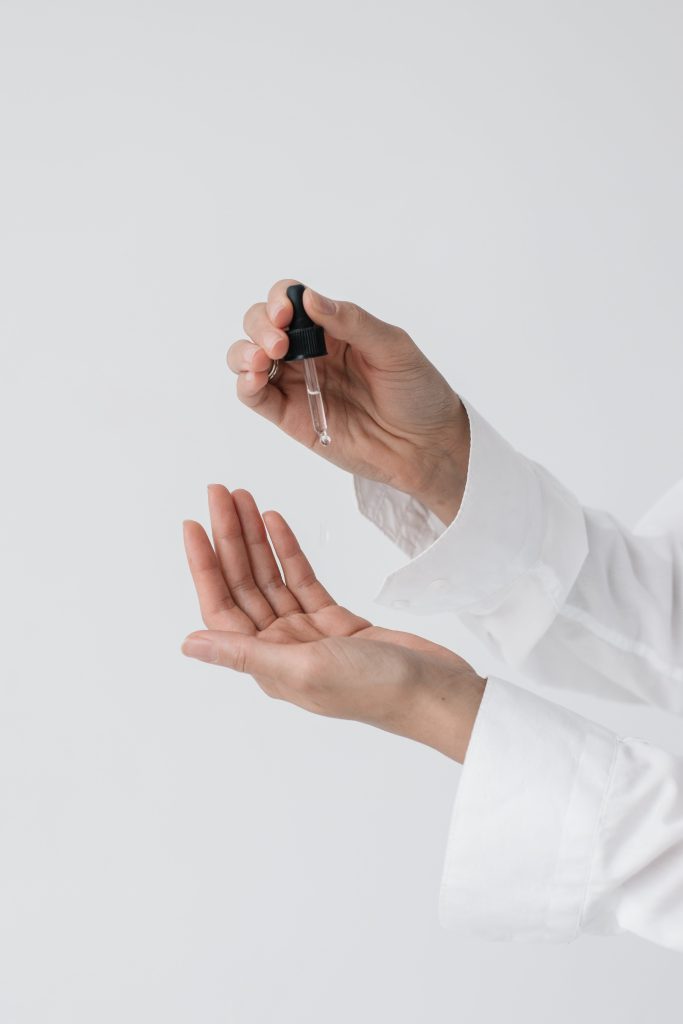By: Naziah Nawawie – February, 5 2024
Palm oil is a common ingredient in the cosmetics business, and it may be found in a wide variety of products, ranging from shampoos and soaps to lipsticks and lotions.
On the other hand, its existence is controversial since its cultivation raises problems regarding the environment and society. We will go into the realm of palm oil in cosmetics, discussing its advantages and disadvantages, as well as the current efforts that are being made to make it more sustainable.
Why Palm Oil?
The distinctive qualities of palm oil lead to its widespread use in the cosmetics industry.
Palm oil is used as a versatile oil. Just a few of the many derivatives that can be made from it include emollients, known to moisturize the skin; surfactants, known to foam; and texturizers, known to thicken the skin.
However, it is also recognized as an efficient source. Palm trees are a more cost-effective alternative to other oil crops since they produce substantially more oil per acre than other oil crops.
Palm oil is a plant-based, renewable resource, making it appealing to consumers looking for natural alternatives. This is in contrast to additives that are sourced from petroleum.

The Dark Side of Palm Oil
Even though its advantages cannot be refuted, palm oil production has been associated with several adverse effects. When rainforests are cut down to make way for palm plantations, it results in the loss of vital habitats for endangered species such as orangutans and causes damage to ecosystems. Both deforestation and the conversion of peatlands are major contributors to climate change because they emit significant quantities of carbon dioxide.
Seeking Sustainable Solutions
In response to these concerns, the cosmetics industry is progressively transitioning toward sustainable palm oil.
The Roundtable on Sustainable Palm Oil (RSPO) is one of the initiatives that aims to ensure that palm oil is produced responsibly, hence minimizing the damage done to the environment and society.
Some businesses are looking at alternatives to palm oil, such as shea butter or coconut oil, even if these alternatives cannot provide the same level of functionality.
Consumers are demanding greater transparency regarding the origin and sustainability of palm oil used in products.

The Future of Palm Oil in Cosmetics
Palm oil in cosmetic products is a contentious topic. It has significant benefits, but we can’t overlook the social and environmental consequences.
Sustainable procurement of RSPO-certified palm oil should be a top priority for the industry. Responsible production procedures are ensured, and negative repercussions are minimized.
Businesses will pour money into R&D. For lasting answers, it’s worth looking into different ingredients and manufacturing processes getting the word out about the challenges, and giving people the tools they need to make intelligent decisions.
Ultimately, it’s critical to develop a long-term solution that satisfies both the practical needs of palm oil and the environmental and social concerns surrounding it. The cosmetics business can prevent harm from its products on our communities and the environment if its members band together.






